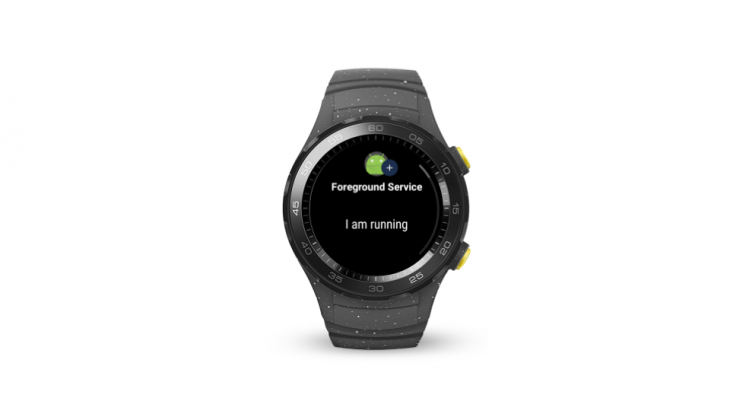
Google’s next version of Wear OS has seen a change this morning with a reversal of their previously announced policy which saw a restriction on some background operations.
In a blog post by Hoi Lam, Lead Developer Advocate, Wear OS by Google, he announced that based on ‘developer feedback and reviewing the battery statistics’, Google has decided to reverse the change which disabled of alarms and jobs for background apps in Wear OS Developer Preview 2.
Instead of outright disabling of alarms and jobs for background apps, Mr Lam instead said that apps will rely on App Standby Buckets, a process announced in Android P for Wear OS at Google I/O which allows apps to be categorised by how likely it is that you’ll call on them.
App Standby Buckets have four, technically five categories ranging from Active, through Working (regularly used), Frequent (often used, but not every day), Rare (installed but infrequently used) and Never – an app that’s been installed but never used.
When announcing the Android P based Wear OS Developer preview 2 at Google I/O, Google said that some health and fitness developers had given feedback on the restriction of background functions, saying that ‘their apps cannot perform background monitoring if background services are unable to set alarms and jobs’. Initially they were advising to use foreground functions, however it appears that has not worked prompting this change.
Google says that the change to Wear OS Developer Preview 2 will be rolled out to existing devices (Wear OS Dev Preview is currently only available for the Huawei Watch 2 Bluetooth or Huawei Watch 2 Classic Bluetooth) with no need to flash a new update.




